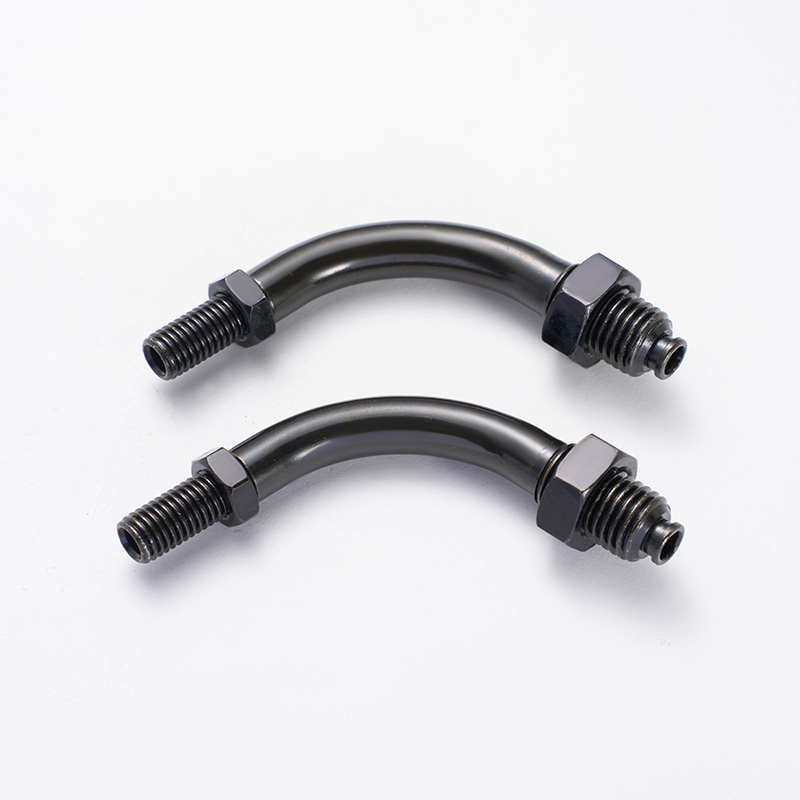The shift towards electric mobility is revolutionizing transportation, with electric motorcycles emerging as a popular and efficient choice. At the heart of every electric motorcycle lies its battery pack, a complex and sophisticated unit that is far more than just a simple power source.

Components of a Battery Pack
Features: An electric motorcycle battery pack is an integrated system, not a single battery. Its primary component is the array of individual lithium-ion cells, connected in series and parallel to achieve the required voltage and capacity. These cells are housed within a rigid, protective casing that shields them from impacts and environmental factors. A critical element is the Battery Management System (BMS), a dedicated electronic board that continuously monitors and manages cell health. It ensures balanced charging, protects against over-voltage and under-voltage scenarios, regulates temperature, and monitors current flow. Finally, the pack includes a thermal management system, which can be passive (cooling fins) or active (liquid cooling), to maintain the cells within their temperature range for performance, safety, and longevity.
Limitations of a Battery Pack
Features: Despite advanced engineering, battery packs face several key limitations. The significant is energy density, which directly dictates the motorcycle's range; although improving, it still lags behind the energy content of gasoline. This range anxiety for some riders. Furthermore, the charging infrastructure, while growing, is not yet as ubiquitous as gas stations, and even with fast charging, replenishing the pack takes considerably longer than filling a fuel tank. Cost is another major factor, as the sophisticated components and materials make the battery pack the expensive single part of the vehicle. Finally, all lithium-ion batteries experience gradual capacity degradation over time and through charge cycles, meaning the pack's performance and range will diminish after years of use.
What are the advantages of an electric motorcycle battery pack over a single battery?
Electric motorcycles demand high power, range, and reliability, requirements that cannot be met by a single large battery cell. The use of a configured battery pack, comprising hundreds of smaller cells, offers distinct and necessary advantages that are fundamental to the vehicle's operation, safety, and user experience.
Scalable Power and Voltage: A single battery cell operates at a low, fixed voltage (e.g., 3.7V). By connecting many cells in series, a pack can achieve the high system voltages (e.g., 72V, 96V, or higher) required to power a high-torque electric motor efficiently. Higher voltage reduces current for the same power output, energy loss as heat in the wiring and allowing for the use of lighter, thinner cables. Simultaneously, connecting cell groups in parallel increases the overall capacity (measured in Amp-hours, Ah), which directly extends the motorcycle's riding range per charge.
Managed Performance and Safety: A pack architecture enables the integration of a Battery Management System (BMS). This is its critical advantage over a single cell. The BMS acts as the pack's brain, performing several vital functions: it ensures all cells charge and discharge evenly, preventing any single cell from being overstressed; it monitors temperature to prevent dangerous overheating; and it instantly disconnects power in the event of a short circuit or other electrical fault. This sophisticated management drastically reduces safety risks like thermal runaway and maximizes the pack's usable life and consistent performance.
Optimized Design and Reliability: Constructing a pack from numerous small cells allows engineers to shape the unit to fit the motorcycle's frame efficiently, optimizing weight distribution and center of gravity for better handling. This modular design also enhances reliability. If an individual cell within a large pack fails, it can often be diagnosed and replaced. The failure of a single, monolithic battery, however, would require replacing the entire, costly unit, making the pack design more serviceable and cost-effective in the long term.
 boo@zjmgmm.com / 958587858@qq.com
boo@zjmgmm.com / 958587858@qq.com English
English русский
русский Español
Español عربى
عربى







 English
English  Building 33, Demonstration Park, No. 318 Chenguang Road, Eastern New District, Wenling City, Taizhou City, Zhejiang Province, China
Building 33, Demonstration Park, No. 318 Chenguang Road, Eastern New District, Wenling City, Taizhou City, Zhejiang Province, China  0086-576-86337978
0086-576-86337978  0086-576-86333878
0086-576-86333878
 boo@zjmgmm.com
boo@zjmgmm.com 